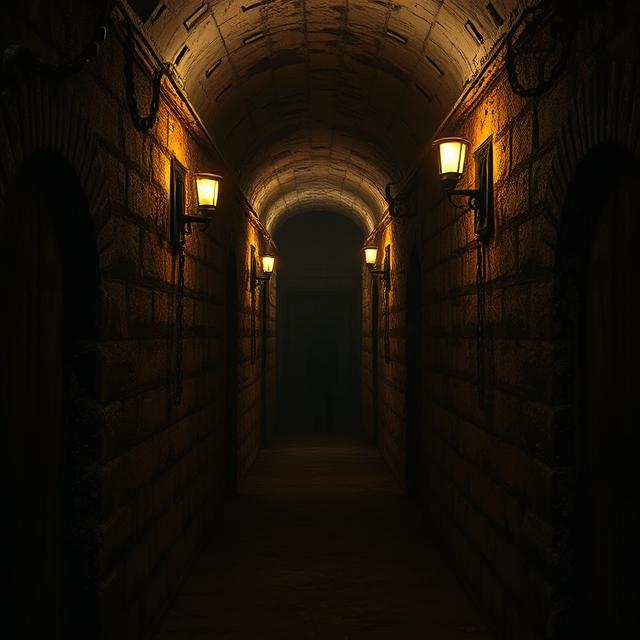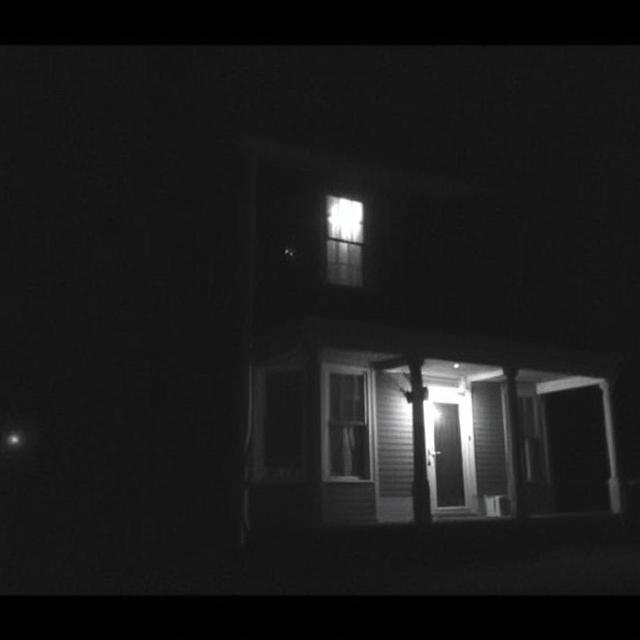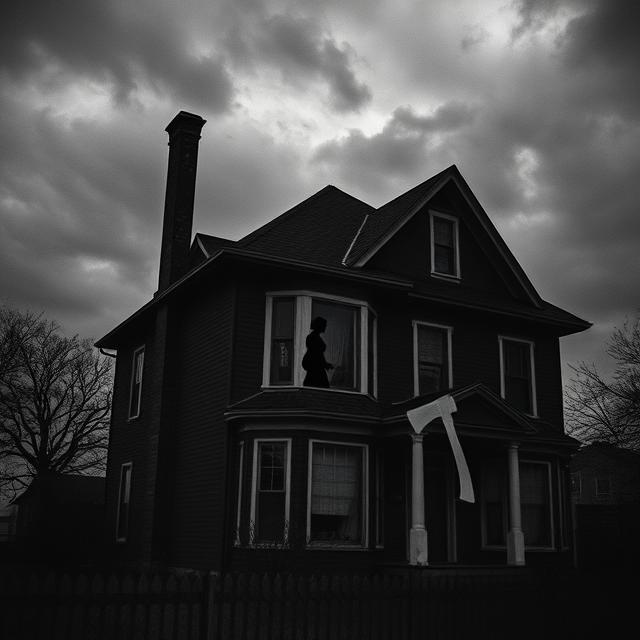There are few names more synonymous with madness than Bedlam.
For centuries, the very word became shorthand for chaos, cruelty, and psychological torment. But Bedlam Hospital was not just a symbol of insanity—it was a place where human beings were shackled, beaten, starved, and paraded like monsters for public amusement.
What began as a medieval hospital eventually descended into a living nightmare.
This is the true history of the world’s most infamous asylum. A place where screams echoed through stone walls, sanity was lost—or stolen—and the boundary between care and cruelty was obliterated.
Welcome to Bedlam.
The Birth of Madness
Founded in 1247 as the Priory of St. Mary of Bethlehem, Bedlam began as a religious institution. By the 14th century, it had evolved into one of the first known hospitals for the mentally ill.
But this was no place of healing.
With no understanding of psychology, early treatments consisted of chains, isolation, and primitive restraint. Patients were called “lunatics,” their conditions blamed on demonic possession, sin, or the moon itself.
The building—dank, crumbling, and underfunded—housed the poor, the violent, and the forgotten.
And soon, it opened its doors… to the public.
Human Zoos and Public Shame
By the 17th century, Bedlam had become a tourist attraction.
For a small fee, the public could enter the asylum to gawk at the “madmen.” Visitors laughed, taunted, and mocked the patients, who were often naked, filthy, and starving.
Some were chained to the walls. Others were forced to perform tricks or scream for the crowd’s entertainment. This grotesque spectacle was considered “moral education.”
The hospital staff did little to stop it. In some cases, they encouraged it.
Bedlam didn’t just house madness—it marketed it.
“Therapies” from Hell
Treatments at Bedlam were based on superstition, violence, and desperation.
Among the most common:
- Bloodletting: Based on the belief that mental illness came from “imbalanced humors,” doctors would drain patients’ blood until they collapsed.
- Cold immersion: Patients were dunked into freezing water to “shock” them into lucidity.
- Rotational therapy: Some were strapped to chairs and spun rapidly to “reset the brain.” Many vomited, passed out, or suffered seizures.
- Isolation in darkness: Some patients were left for days in pitch-black cells, chained and alone.
What passed for treatment often looked more like torture.
And no one—not even the staff—fully understood what they were doing.
The Notable Inmates
Throughout its centuries of operation, Bedlam housed a mix of people—from the genuinely disturbed to the inconvenient.
Among the documented cases:
- James Tilly Matthews, a political eccentric who believed a machine called the “Air Loom” was controlling people’s thoughts.
- Margery “Mad Madge” Lovett, locked away for alleged witchcraft and hysteria, though some say she was just an outspoken widow.
- Children with epilepsy or autism, mislabeled as “imbeciles” and abandoned by their families.
Some were confined for life. Others were simply forgotten.
The Reforms… and the Myths
By the late 18th and 19th centuries, Bedlam began to change. Public outrage, journalistic exposure, and evolving medical theory led to gradual reforms.
Chains were removed. Therapy replaced torture. Cleanliness was improved.
But the damage was done. Bedlam’s name was already carved into the bones of horror lore.
Today, much of what is known about Bedlam walks the line between fact and gothic myth. But the screams were real. The pain was real. The people were real.
The Afterlife of Bedlam
The hospital moved multiple times over the centuries. Its modern incarnation—Bethlem Royal Hospital—still operates today, as a psychiatric institution.
The original sites have been redeveloped, but the land holds its memories.
In art, film, and literature, “Bedlam” remains a byword for institutional madness. A place where the line between doctor and torturer blurred, and where the vulnerable were fed to the curiosity of the cruel.
Bedlam wasn’t haunted by ghosts—it was haunted by decisions. By a society that didn’t understand the human mind and chose fear over compassion.
It didn’t just imprison the insane. It helped create them.
And long after the walls crumbled and the cells emptied, the name still echoes—a whisper, a scream, a warning.
For more cases like this, explore our archive. SinisterArchive.com—where the legends are real.




